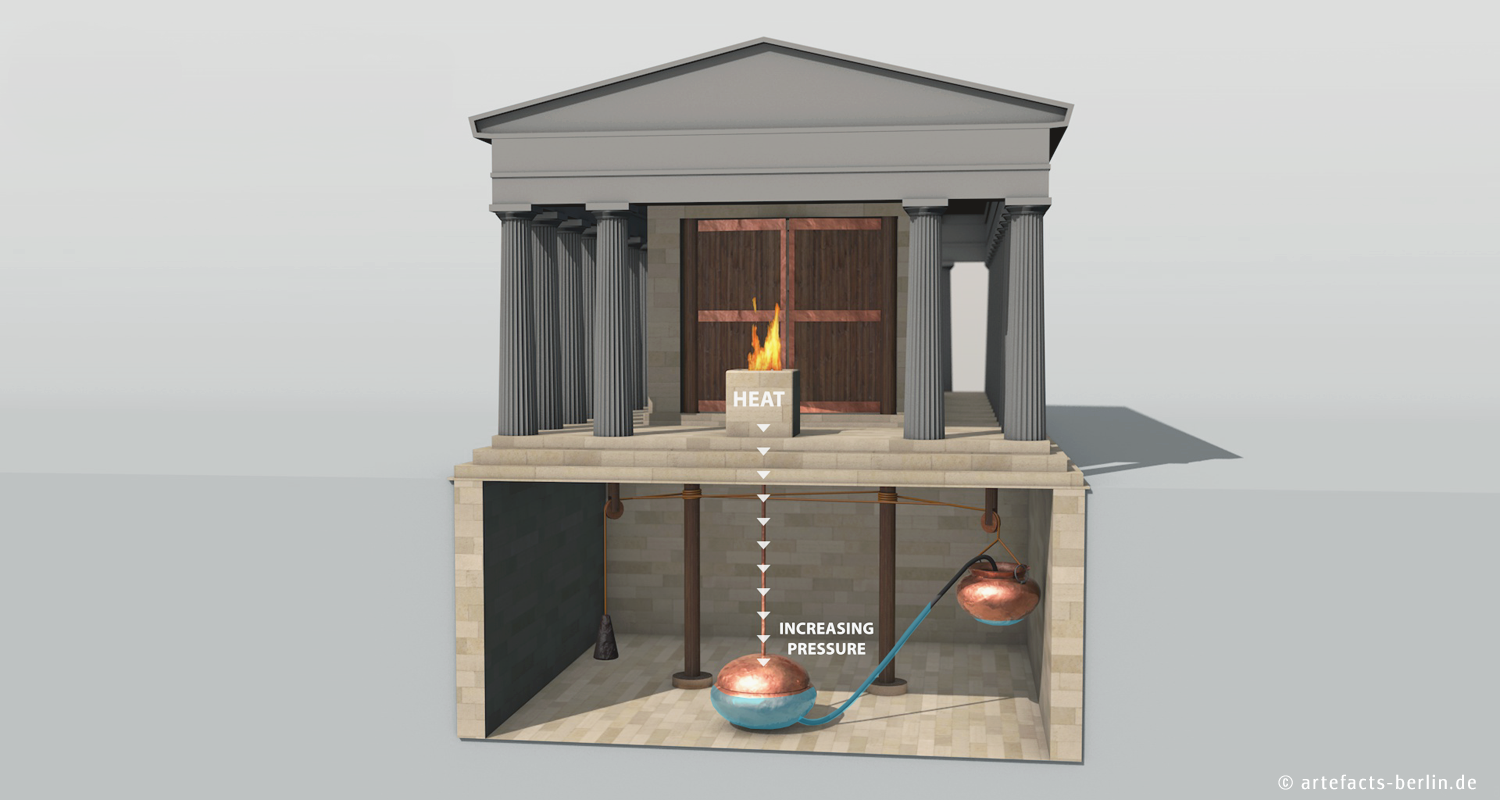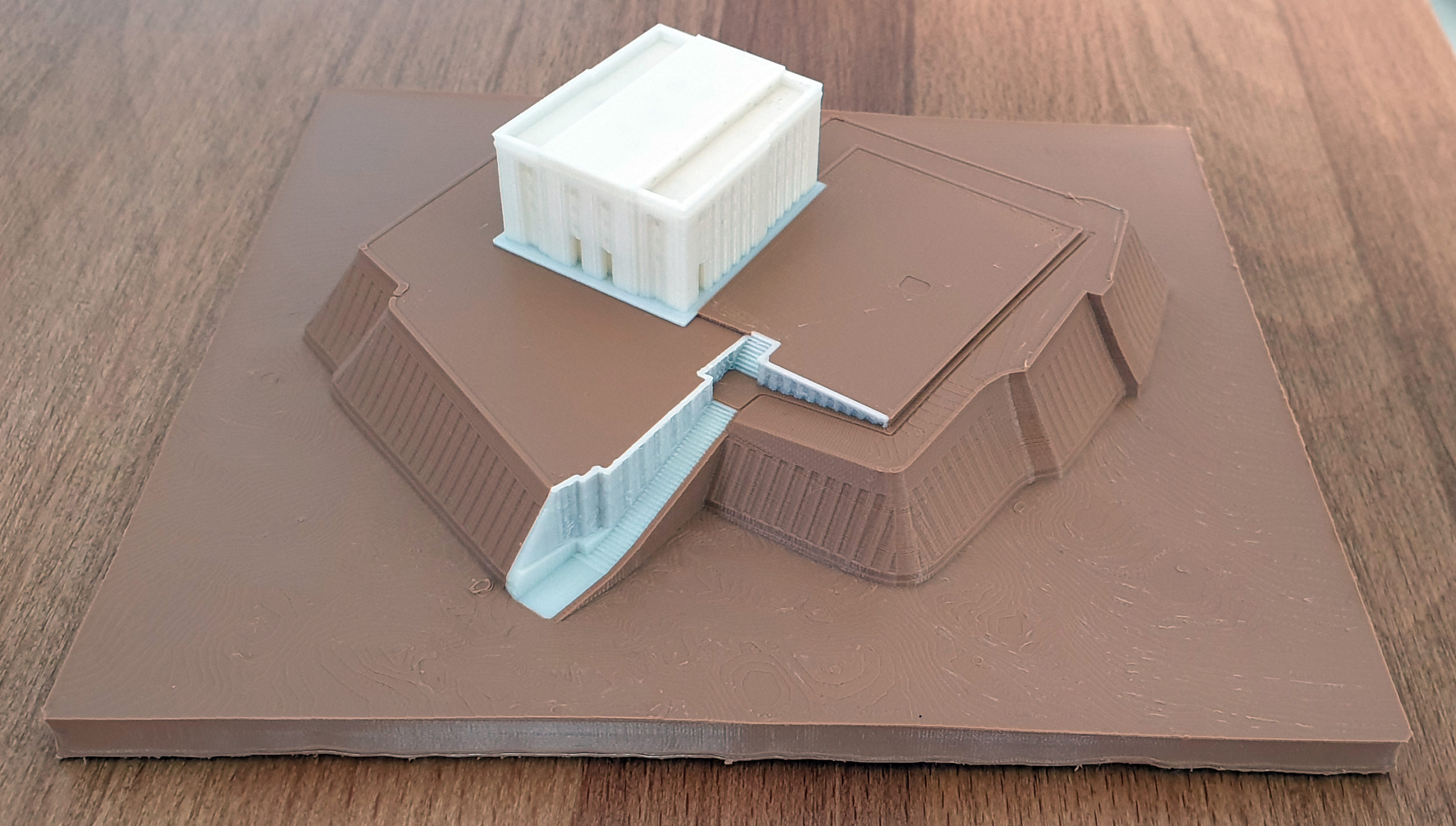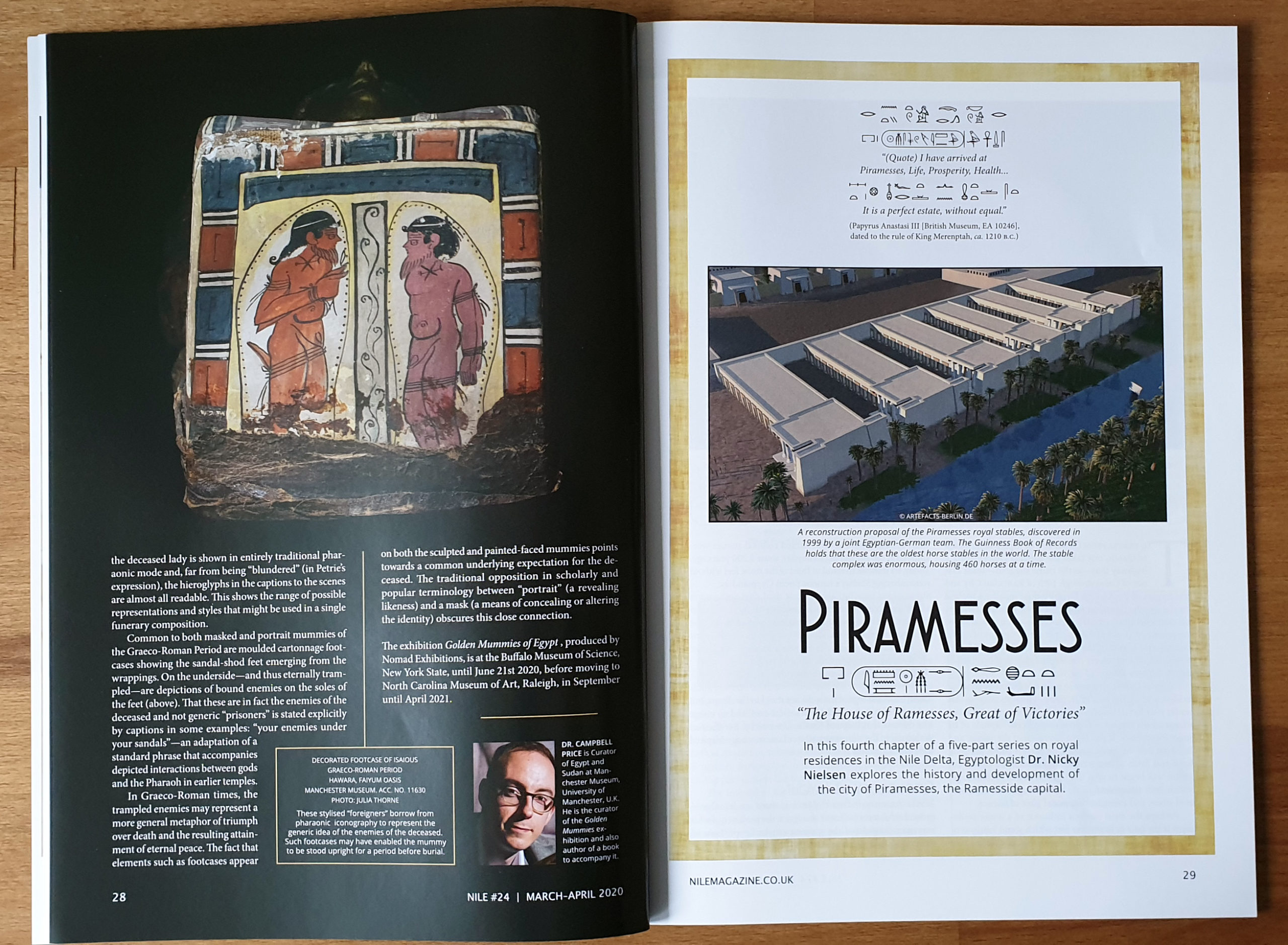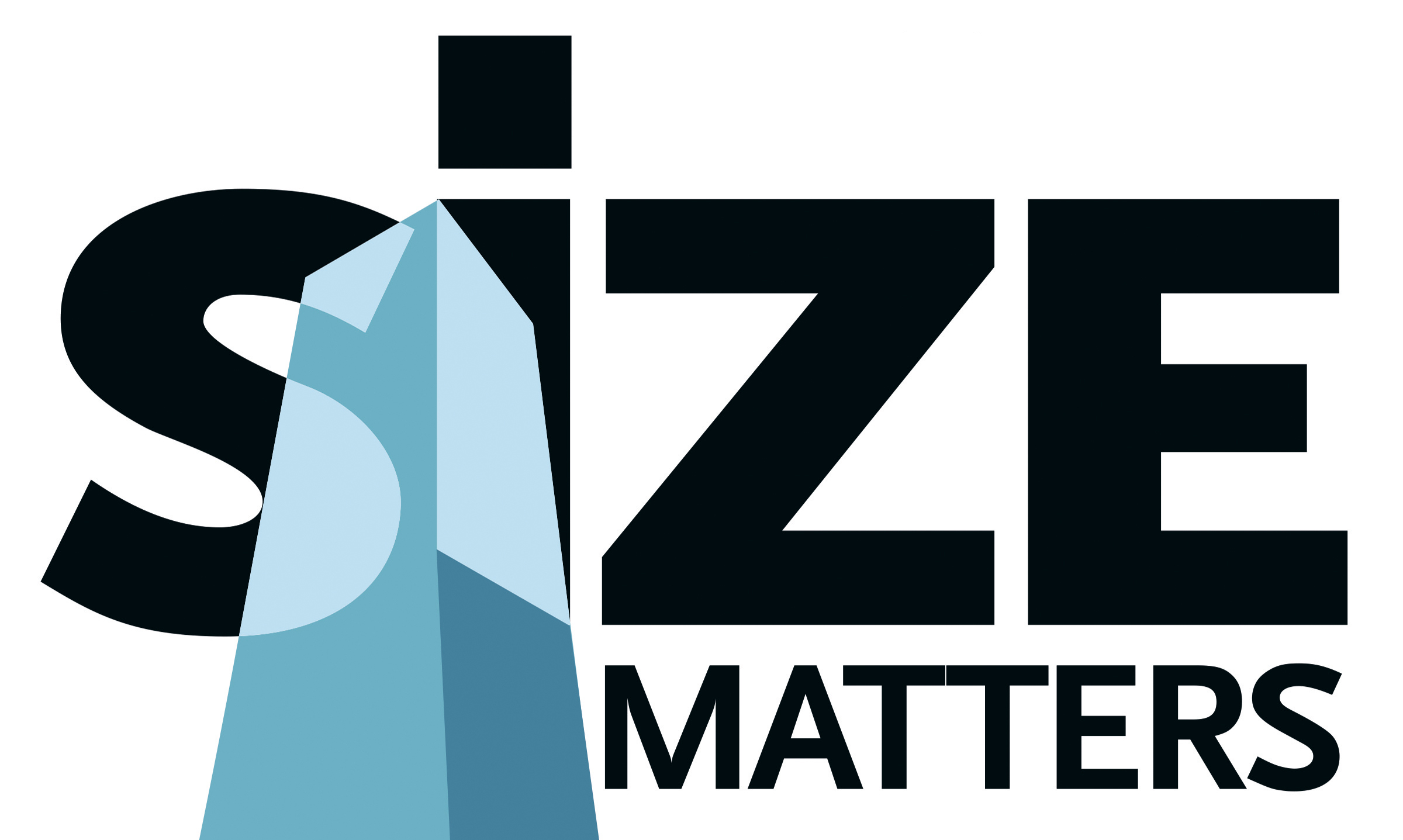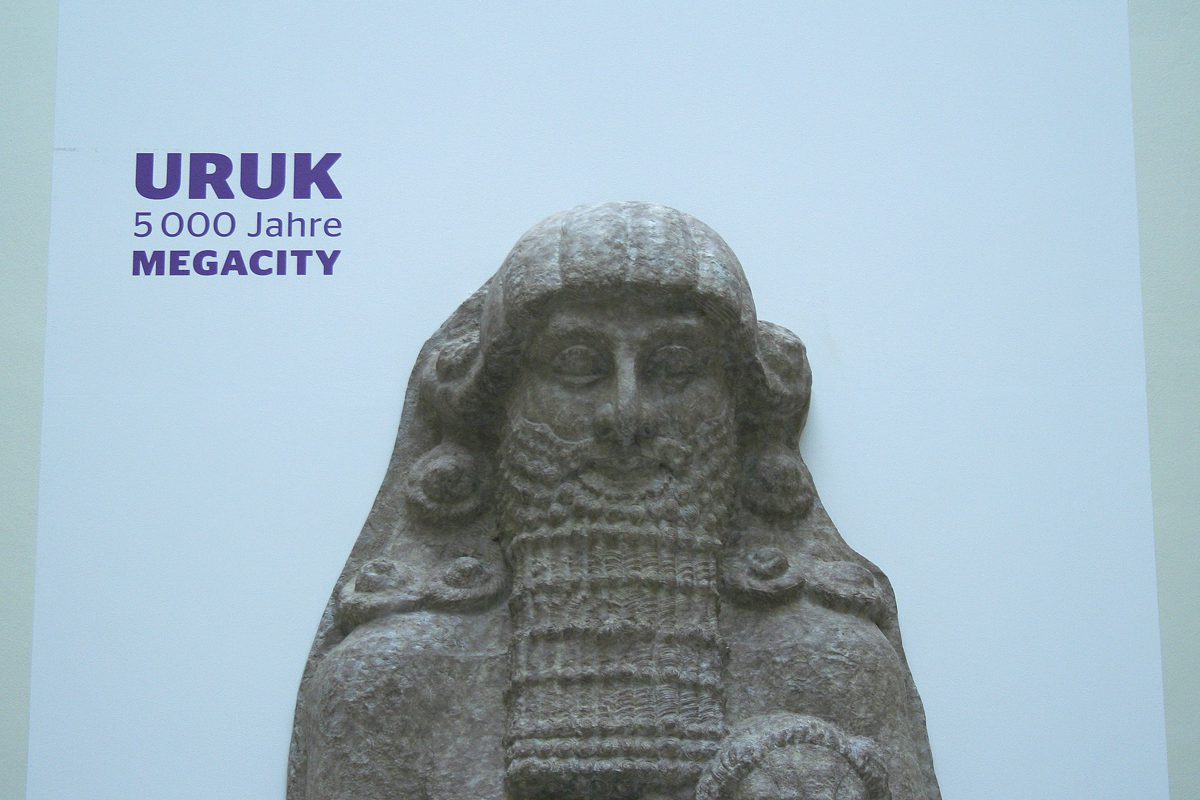
2013, we participated in one of the largest exhibitions about ancient Uruk ever made. We already reported in the same year about the exhibition and what it meant for us. It is now long gone, but recently, I read a post by the German Archaeological Institute (in German) about the virtualisation of that exhibition. Back in 2013, shortly before opening the exhibition, a team created a 360° photo documentation. With this virtual tour, you can actually jump through the exhibition from 2013 and read all the texts and watch all of our animations. It is quiet great actually and a good way of preserving old exhibititions.
Here is the link to the virtual tour: https://storage.smb.museum/Virtueller_Rundgang/Uruk_5000/
You can buy the exhibition catalogue in German or in English.

